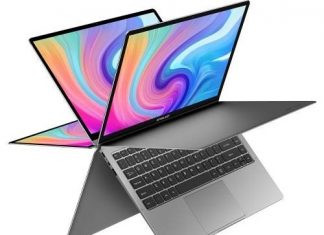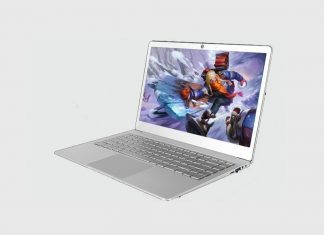Education at the university level can be challenging without the proper setup—the definition of what can be defined as proper setup changes depending on the subject. Nevertheless, there are a few software applications and web tools that can be quite useful for university students across multiple disciplines due to their intended design and function. Let’s look at a few of the more important examples next.
Office Suite
Almost all students need an office application suite with at least Word, Excel, and PowerPoint (or their equivalent) access. Soon after Microsoft decided to turn its software package into service, the cost became a constant drain rather than a one-time expense for students and regular users. Fortunately, Microsoft has recently resumed its previous model for students and personal users while also retaining the more robust suite of web tools and applications for all parties via its MS 365 service.
In the case of university students, MS Office 2021 is right now the best alternative to an MS 365 subscription, especially in the long run. If you’re looking for the most economical option, then you will find OpenOffice, FreeOffice, and LibreOffice to be your best free office suites.
Plagiarism Checker
As a university student, writing essays and dissertations is likely a big part of your education program. Unfortunately, it can be difficult to get past copyright infringement these days. Whether plagiarism was intended or not, if your professor finds it to be plagiarized content, the results can be quite devastating for your grades.
Quetext is a very accurate plagiarism checker, and it’s a free-to-use online tool for university students and writers. The nifty web tool has inbuilt features to check text for grammatical errors, general typos, and readability issues. Plagiarism checks may not always seem necessary, but rest assured they are, at least for any written content you wish to submit.
Notebook App
A dedicated notebook app serves the same functions as a physical notebook, albeit on a far wider and larger scale. While every smart device, from smartphones and tablets to PCs and Macs, generally comes with a dedicated notebook app, very few of them are developed well enough to serve as a virtual notebook for students.
To better define what a student’s notebook app should be able to provide users, the following highlighted requirements must be met.
UI: An easy-to-use, quick-to-launch interface is necessary because unresponsive and/or overcomplicated menu navigation systems eat into the time that a student does not have. Especially while attempting to take quick notes in a college class.
Stylus Support: This may seem like a hardware requirement only, but it’s not. Someone with an Apple iPad and an Apple Pencil will still not be able to achieve much if the notebook app does not support sensitive touch input well.
Integration Support: Students should be able to doodle, sketch, write, type, attach files, pin media, pin content, add reminders, and link other useful apps to their digital notebook seamlessly.
Evernote, Google Keep, and Zoho Notebook are the three best note-taking tools for students today that meet all the above requirements. They also bring several additional features to the proverbial study table!
Speech to Text Tool
Software developers have been trying to create the ultimate speech-to-text app for decades, but it wasn’t until only recently that these applications started to be of any real use. The potential for such an app is tremendous for more reasons than just education. However, university students will find the convenience of not transcribing voice notes manually to be a real timesaver.
Now, the main function of a speech-to-text tool is that of mitigating the need to write or type your thoughts, but it takes some getting used to. When a university student does get used to it, though, they will find professional-grade speech-to-text tools such as Otter, Verbit, and Dragon Anywhere to be quite exceptional in that regard.
If you find the list somewhat short, there is a reason for that. University students across different fields of education require different apps with little to no common ground between them. On the other hand, the few apps mentioned here should prove to be helpful for university students in general.






![[Buy Now] Hawkeye Firefly Micro Action Camera Review ‘Offer’ Price Hawkeye Firefly Micro](https://www.techinpost.com/wp-content/uploads/2018/02/image001-324x235.jpg)






